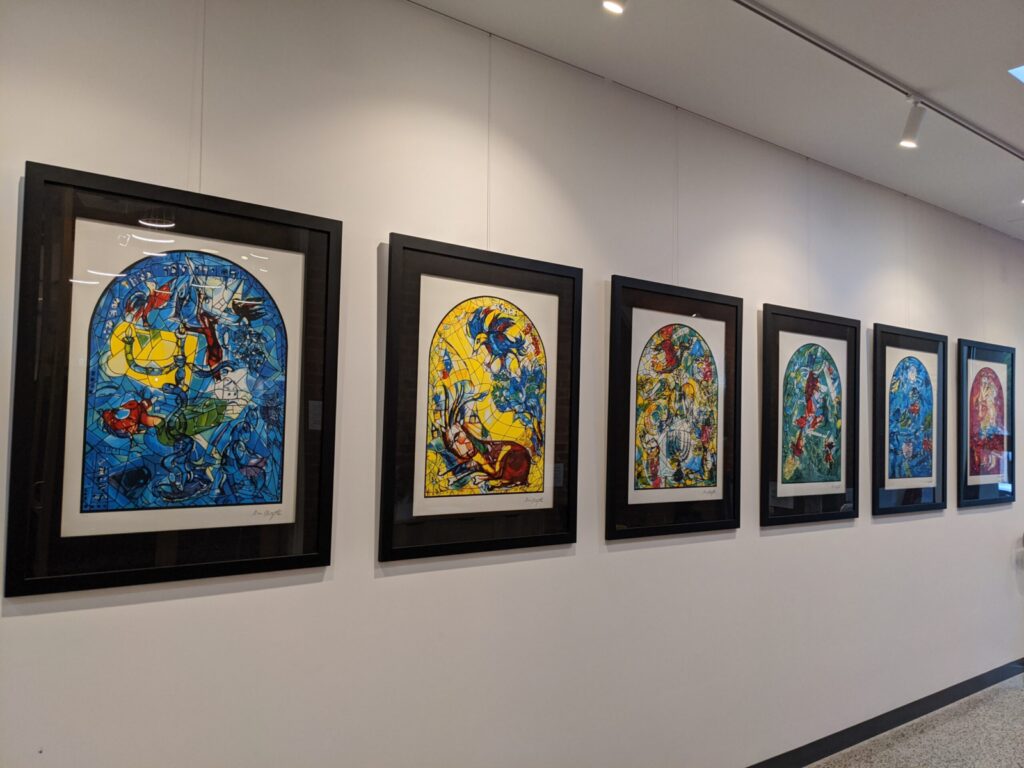
Five essential Art Collecting terms explained
If you are collecting art, what are some essential terms you need to know?
Provenance
Provenance means the record or history of an artwork’s ownership.
Ideally, an artwork can be traced back to when it was first exhibited and sold. If it was acquired directly from an artist, the relationship of the first owner to the artist could be quite significant. Hopefully it can be validated. If a work has been documented in the artist’s catalogue raisonné then that indicates enough is known of its provenance to satisfy the experts.
Provenance doesn’t tell us anything about the intrinsic quality of an artwork, but it may be crucial to establishing its authenticity. Some artists’ work is in more dispute because of forgeries or the sheer number of undocumented works around. Sometimes there are issues to do with gate keepers who have the moral or legal right to authenticate works.
The other impact provenance may have is on value. If a work has been in a notable collection this will add to its prestige and possibly its price tag. Works that have been held for a long time will attract interest when they come up for sale as they are ‘fresh’.
It’s my opinion that the history of ownership is only going to become more important in the future. Major Public Collections have been grappling with issues such as restitution, illegally exported works and insider theft. This will inevitably have a trickle-down effect to the rest of the market.
So when acquiring a work, always keep the documentation that comes with it. Ask the gallery or auction room to supply you with a valuation for insurance with an image of the work included. Scan and save digital copies as back up. If a work has been mentioned in literature on the artist, consider getting a copy for your library as well.
Resale Royalty
Not to be confused with copyright fees, a resale royalty is a levy paid to the artist on the resale of their work.
In Australia, this takes the form of a 5% royalty payable to the artist or their estate on the second or more sale of an artwork via an art professional (agent). The buyer, seller and agent are all held legally responsible to pay the royalty. Typically though the agent will handle the paperwork and pay the fee from the sale proceeds. The right to collect the royalty expires 70 years after the artist’s death.
Not all artists develop a secondary market, and if they do, it’s usually towards the middle or latter part of their career. This is when their work has entered major collections and is held by prestigious institutions. So they don’t receive resale royalties at the time in their career that it would probably benefit them the most! However, the scheme seems here to stay so it is something to consider if you are considering selling as well as buying works for your collection.
Edition / Editioning
A work of art is a unique object, created by the artist personally or under their direct supervision. However some works are created in or for a specific medium (bronze, etching, screenprint etc) that enables them to be produced multiple times.
In order to ensure quality and limit supply, the artist will create a numbered edition. Each work is numbered in the order it was produced (1/5 would be the first produced in an edition of five, for example). It will also be signed or authenticated in some way by the artist. Editions can also be supplemented by Artist’s Proofs (A/P) or Printer’s Proofs which collectors sometimes favour. However the editioning process is geared to making each edition as identical as possible.
Hopefully the artist has taken steps to ensure that no more copies can be produced once the edition is complete. When plates or moulds are used after the artist’s death to make unauthorised editions, problems ensue. It’s critical to do your homework.
Another form of editioning you will see is reproductions (prints) of original paintings. Sometimes artists reproduce their greatest hits to reach a bigger market. Giclée prints are a popular medium for this. My advice is to collect editions where the artist has worked to create an original artwork specifically for that medium.
Buyer’s Premium
While galleries incorporate their entire commission in to their sticker price, Auction houses charge commissions to both the seller and buyer. The Buyer’s Premium is a percentage that will be added to the amount the auctioneer hammers the work for. Needless to say, you need to familiarise yourself with the terms and conditions before you bid. Auction houses usually make their Buyer’s premium fairly prominent in their documentation. Anywhere from 15-25% is typical.
Investment art
Art as an investment is a disputed concept and puts some people off. Art is an aesthetic and cultural object and that is really where its value lies. The value of certain acclaimed artists’ work will outpace the risk-free rate over time and hence art as a category may qualify as an alternative investment.
Taking a risk on an artist whose star is on the rise can be lucrative, but you can attract criticism if you sell too soon. Understandably galleries seek to protect their artists from being the target of speculation. On the other hand, beware if a piece is being sold to you as an ‘investment’. It may be because the work is lacking in artistic quality.
Keep in mind that the transaction costs of selling can be over 30% when you factor in all the fees. Buy things you love and that speak to you. Don’t spend money that you can’t easily part with in the short term. Staggering payments over a few months is a good option if your cash is tight.
Read my blog on the 20th Century’s best art collectors for some more inspiration, or get in touch for some more advice,

